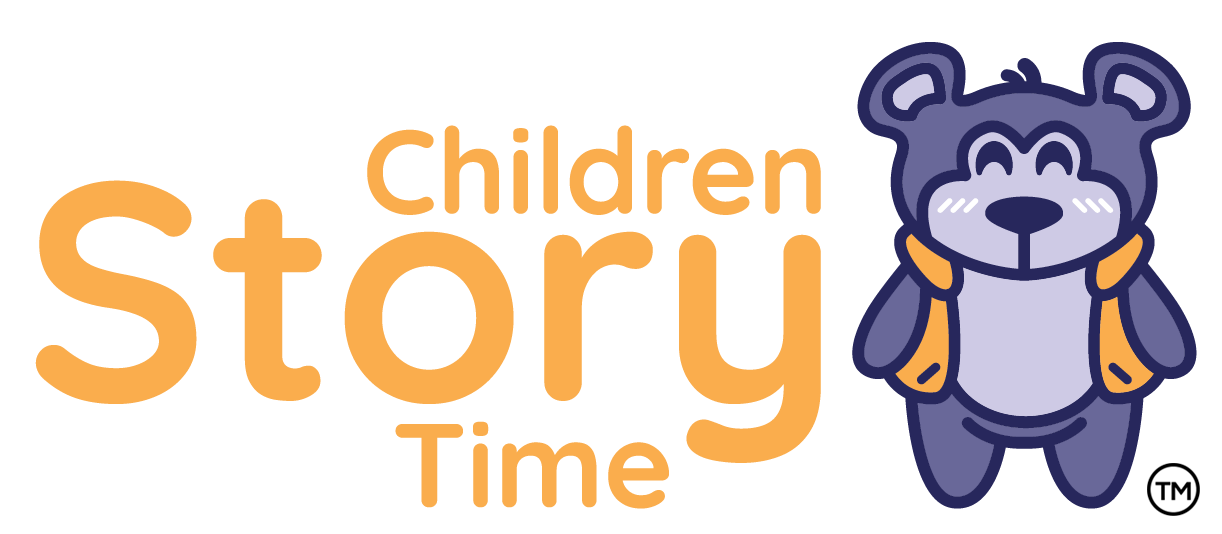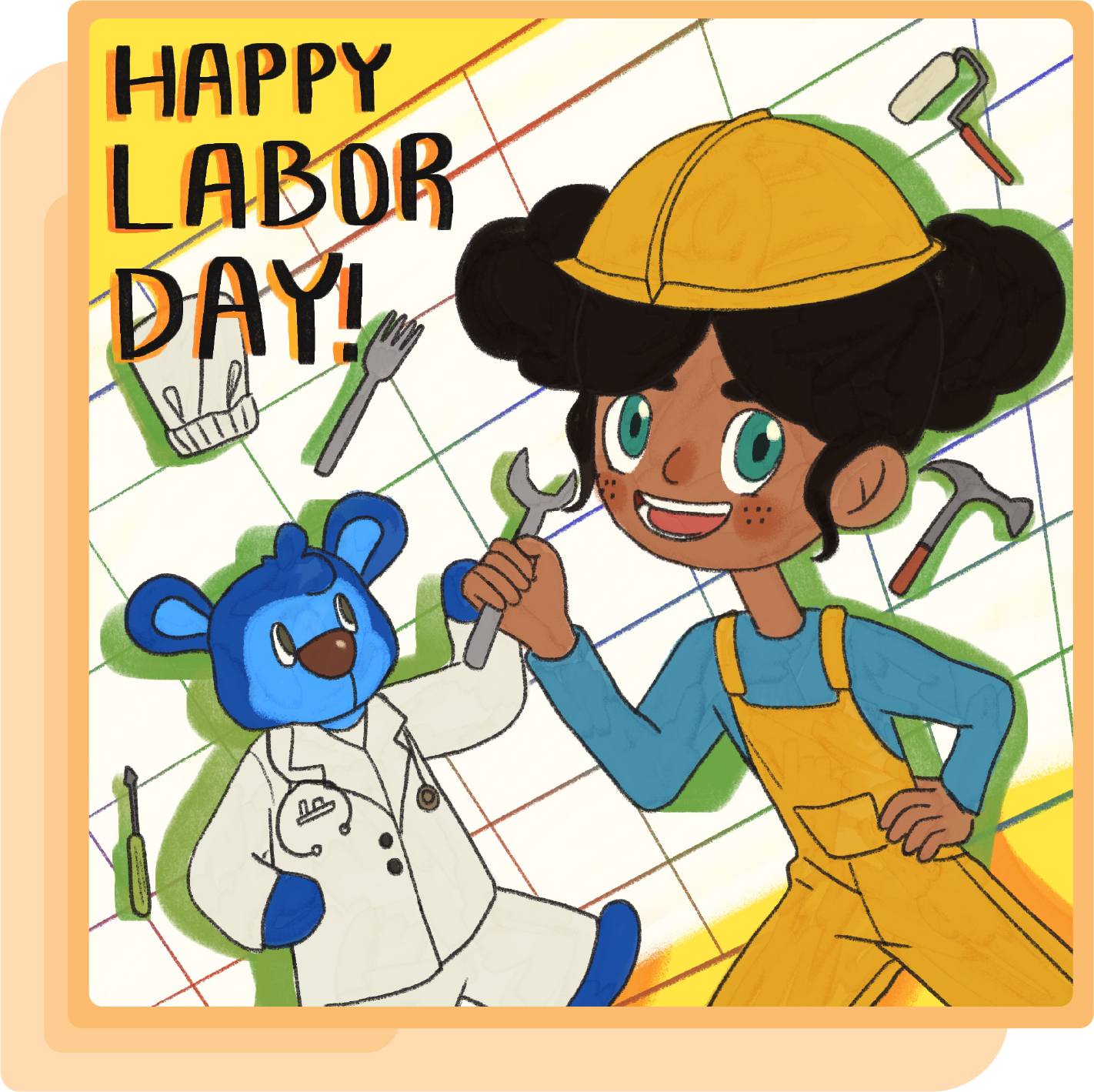
Introduction
Education is more than the acquisition of facts; it’s a journey that
shapes minds, nurtures curiosity, and prepares individuals for a
dynamic world. As parents, teachers, mommy bloggers, and
young learners embark on this journey, the focus is shifting
towards holistic learning—a comprehensive approach that goes
beyond academic knowledge to cultivate creativity, critical
thinking, and emotional intelligence. This guide delves into the
realms of holistic learning, offering insights, practical advice,
and strategies to enrich the educational experience for all
stakeholders.
Section 1: Understanding Holistic Learning
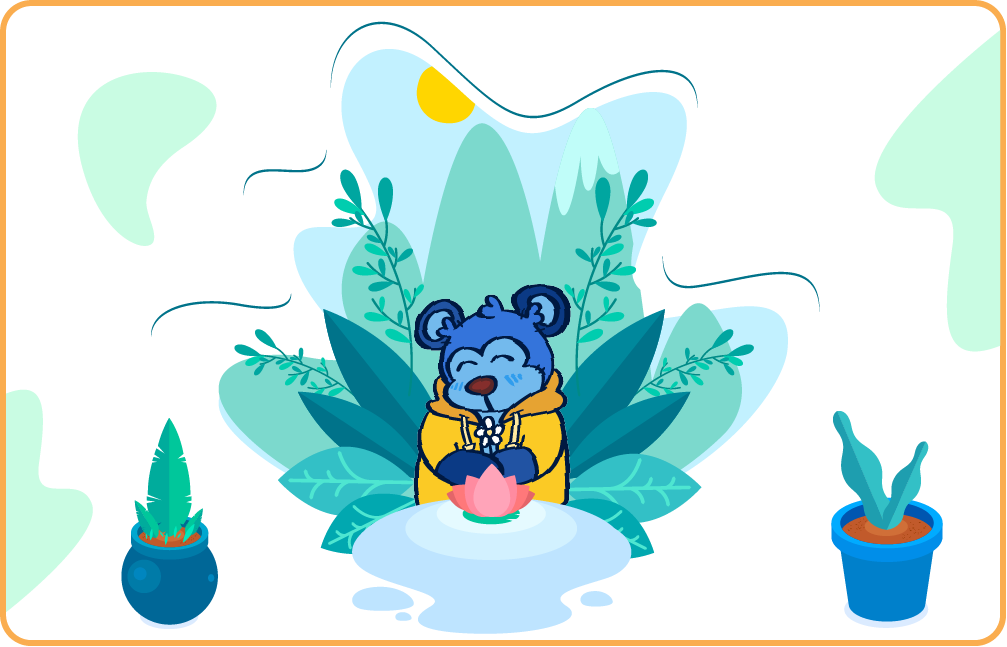
The Essence of Holistic Learning
Collaborate with parents, teachers, and mommy bloggers to explore the
essence of holistic learning. Discuss how holistic education transcends
traditional academic boundaries to encompass a broader spectrum of
skills and competencies. Highlight the pillars of holistic
learning—academic, emotional, social, and physical well-being.
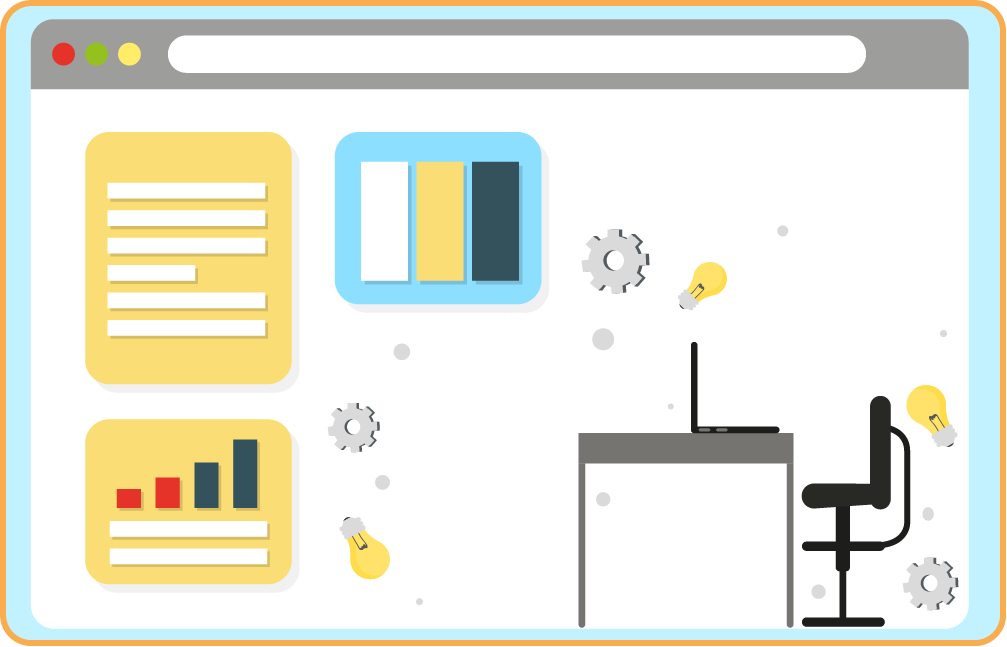
The Shift from Rote Learning to Understanding
Engage in a dialogue about the paradigm shift from rote learning to
understanding. Collaborate on strategies to move beyond memorization,
emphasizing comprehension, critical thinking, and the application of
knowledge. Share success stories of schools and educators embracing
innovative teaching methods that prioritize understanding over
memorization.
Section 2: Cultivating Creativity in Education
The Role of Creativity in Learning
Discuss the pivotal role of creativity in the learning process. Collaborate
with parents, teachers, and mommy bloggers to explore how cultivating
creativity enhances problem-solving skills, innovation, and a lifelong love
for learning. Share examples of educational programs that prioritize
creative expression.
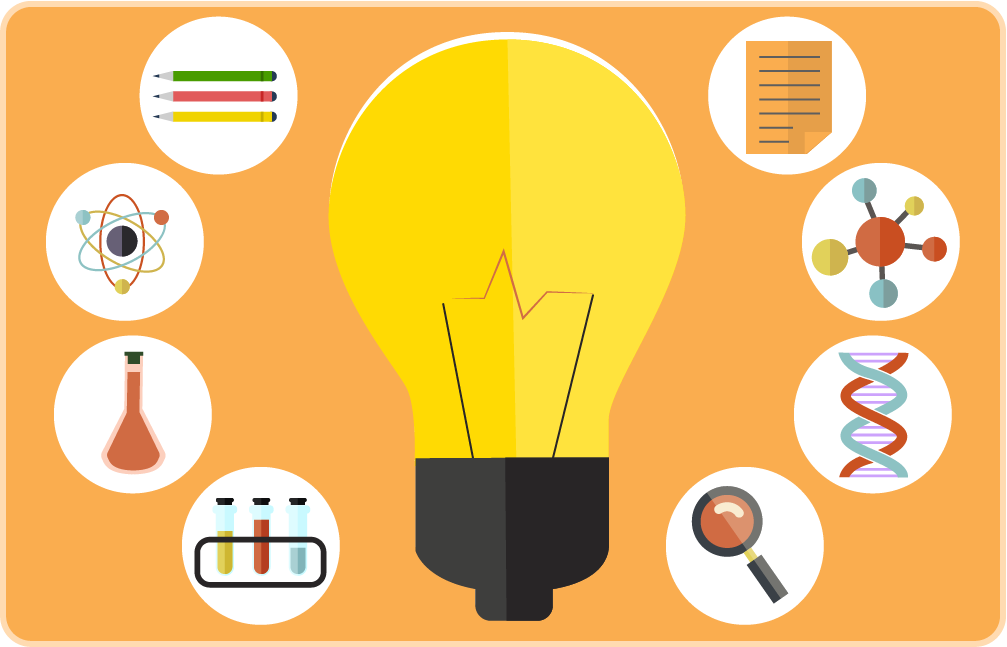
Incorporating Arts and Expression in the Curriculum
Engage with teachers and mommy bloggers to explore the integration of
arts and creative expression into the curriculum. Discuss the benefits of
incorporating visual arts, music, drama, and other creative outlets to
stimulate imagination and foster holistic development. Share ideas for
age-appropriate projects that encourage self-expression.
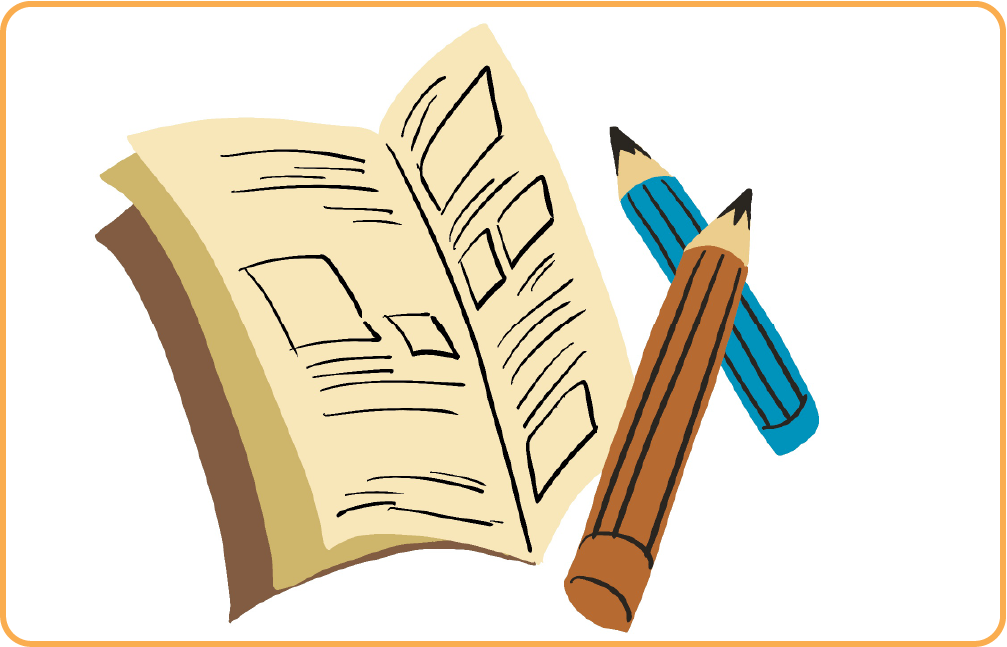
Section 3: Nurturing Critical Thinking Skills
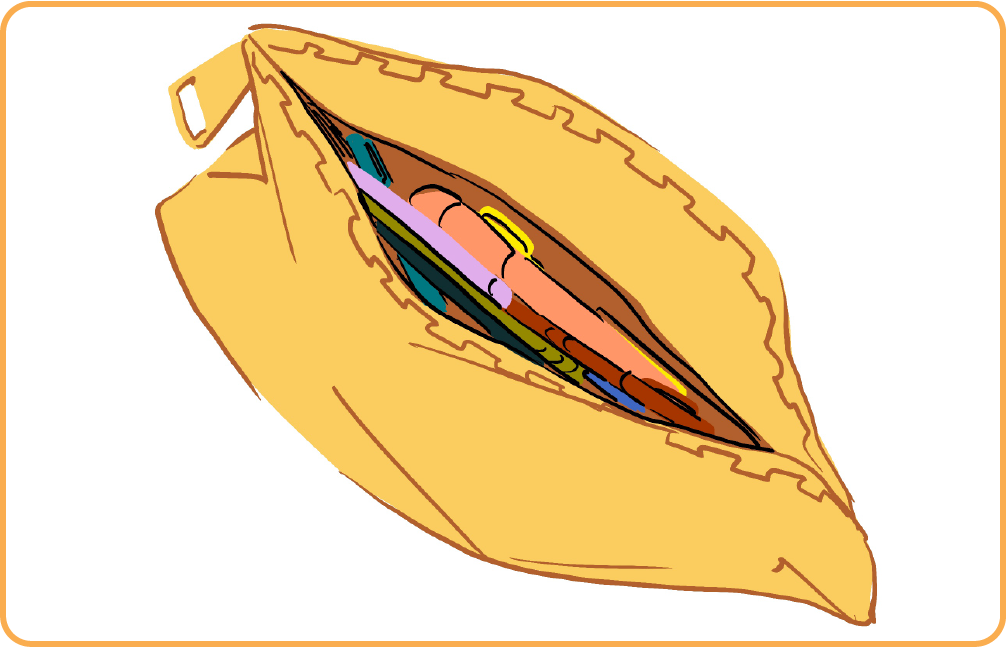
The Importance of Critical Thinking
Collaborate on the significance of nurturing critical thinking skills in
education. Engage with parents, teachers, and mommy bloggers to
discuss how critical thinking goes beyond memorization, encouraging
students to question, analyze, and evaluate information. Share
anecdotes of how critical thinking skills prepare students for success in
various aspects of life.
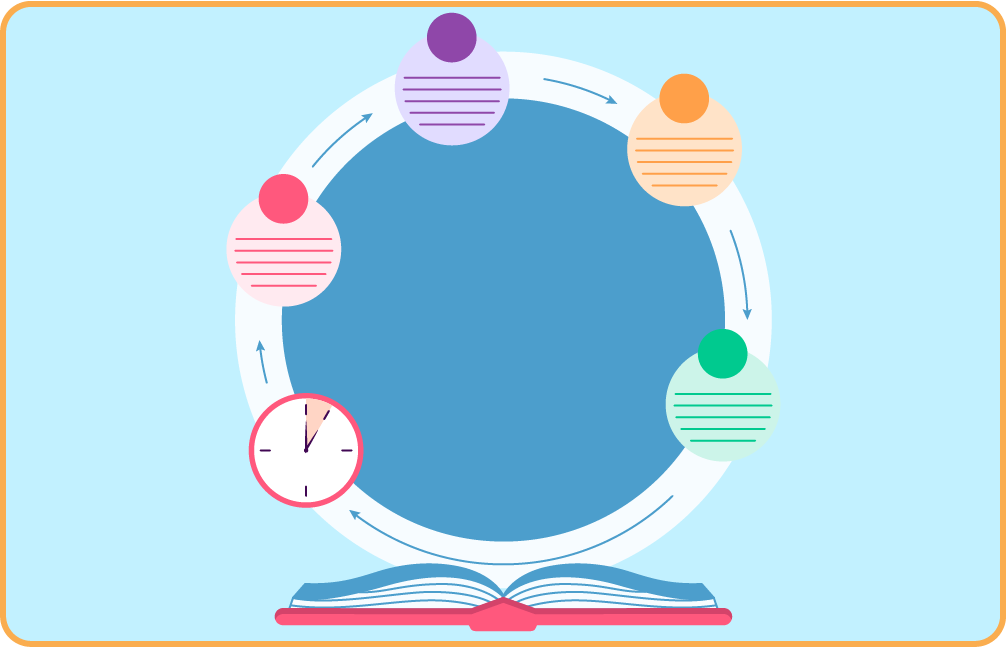
Implementing Problem-Based Learning
Discuss the implementation of problem-based learning as a strategy to
foster critical thinking. Collaborate on creating lists of real-world
problems and scenarios that challenge students to apply their knowledge
and develop problem-solving skills. Share insights on how problem-based
learning promotes collaboration and creativity.
Section 4: Emotional Intelligence in Education
Defining Emotional Intelligence
Explore the concept of emotional intelligence in the context of education.
Collaborate with parents, teachers, and mommy bloggers to define
emotional intelligence and its impact on academic success, social
relationships, and overall well-being. Discuss the five components of
emotional intelligence—self-awareness, self-regulation, motivation,
empathy, and social skills.
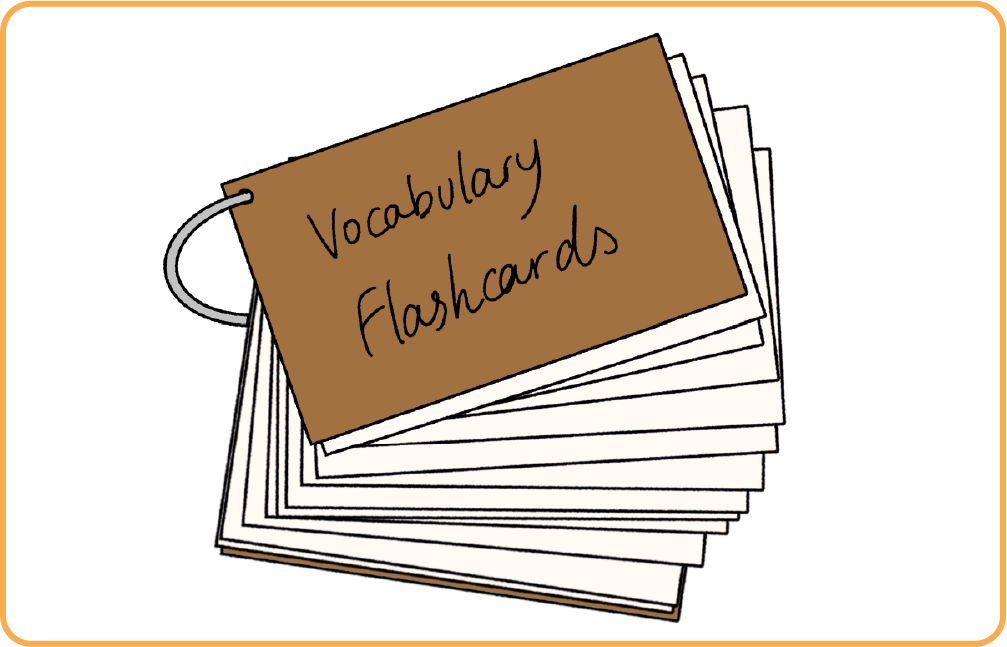
Integrating Emotional Intelligence into the Curriculum
Engage with teachers and mommy bloggers to discuss strategies for
integrating emotional intelligence into the curriculum. Share insights on
incorporating activities, discussions, and exercises that develop emotional
intelligence in students. Discuss the role of educators in modeling and
teaching emotional regulation.
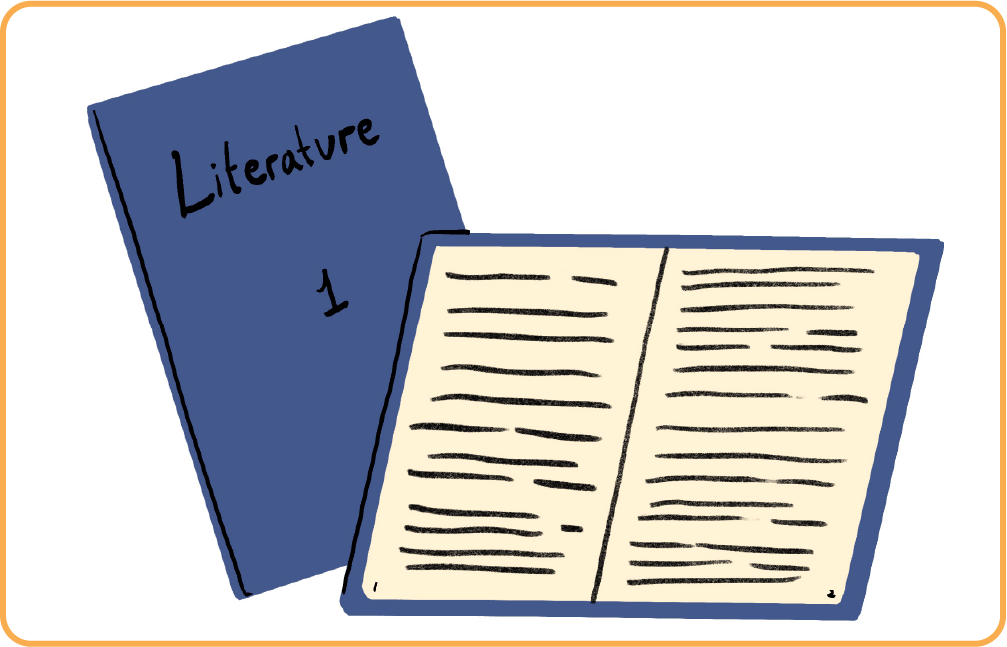
Section 5: A Holistic Approach to Assessments

Moving Beyond Traditional Assessments
Collaborate on the shift from traditional assessments to a more holistic
approach. Engage with parents, teachers, and mommy bloggers to
discuss the limitations of standardized testing and explore alternative
methods of evaluating student progress. Share examples of schools
implementing project-based assessments, portfolios, and presentations.
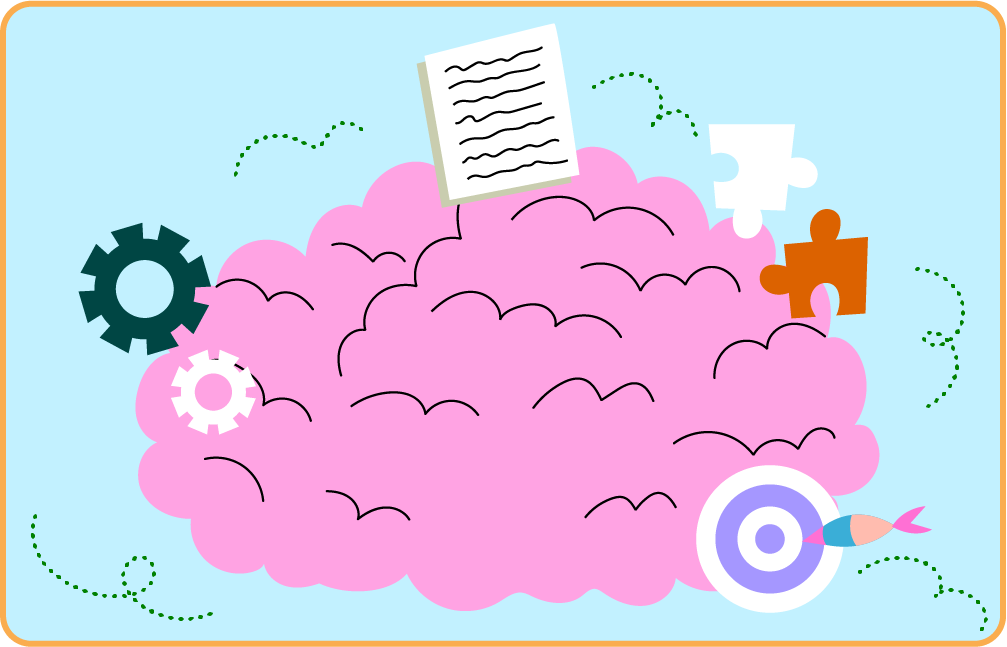
Assessing Social and Emotional Development
Discuss the importance of assessing not only academic achievement but
also social and emotional development. Collaborate on strategies for
incorporating assessments that gauge teamwork, communication skills,
and emotional intelligence. Share resources and tools for educators to
assess holistic learning outcomes.
Section 6: Fostering a Culture of Lifelong Learning
Promoting Lifelong Learning Habits
Explore the promotion of lifelong learning habits in students. Collaborate
with parents, teachers, and mommy bloggers to discuss the role of
curiosity, adaptability, and a growth mindset in fostering a culture of
continuous learning. Share tips for creating environments that
encourage self-directed learning.
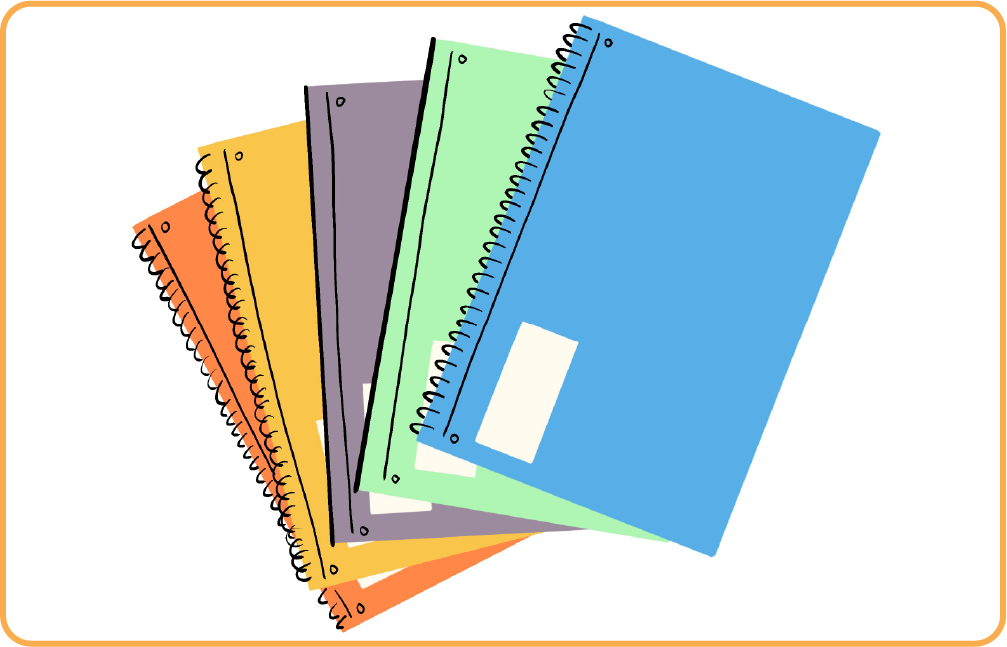
Engaging Parents in Holistic Education
Engage in a conversation about the partnership between educators and
parents in fostering holistic education. Collaborate on strategies for
involving parents in the learning process, promoting a consistent
approach to holistic development at home and in the classroom. Share
success stories of schools and parents working together.

Conclusion

As we embrace the era of holistic learning, we recognize that
education is not just about preparing students for exams but
for life. By collaborating with parents, teachers, and mommy
bloggers, we become architects of an educational experience
that shapes well-rounded individuals—creative thinkers,
critical problem solvers, and emotionally intelligent beings.
May the journey of holistic learning inspire a generation of
learners who thrive in the complexity of the world and
continue to seek knowledge with passion and purpose. Happy
learning!
